
We can often learn the most about a place from the things that have been there the longest. In her home in Ecuador, ex-pat Sinead Mulhern searches for a native wildflower, the chuquiragua, and the lessons it can teach.


We can often learn the most about a place from the things that have been there the longest. In her home in Ecuador, ex-pat Sinead Mulhern searches for a native wildflower, the chuquiragua, and the lessons it can teach.
I’m gripping sharp rocks as I pull myself up the side of a cliff. The razor-like thorns of a plant slide underneath my skin but no matter―at least I’m not tumbling down the side of this mountain.
I’m trekking in the outskirts of Girón, a small town in the Ecuadorian Andes. Today’s route is an endurance-testing adventure to the mountain’s highest waterfall. I’ve lived in the nearby city of Cuenca—an adorable Andean gem with terracotta roofs and thick morning mists—for four years. I’ve heard rumors about this waterfall but, until today, it has evaded me.
I regain my composure at the top of the cliff. The drama and energy of the Andes never disappoint. I peer down at the valley below. Little country homes are scattered around the landscape and the road we traveled along to get here is now nothing but a skinny little spaghetti noodle. Quite pleased with myself, I turn around.
There, I see it: The chuquiragua flower.
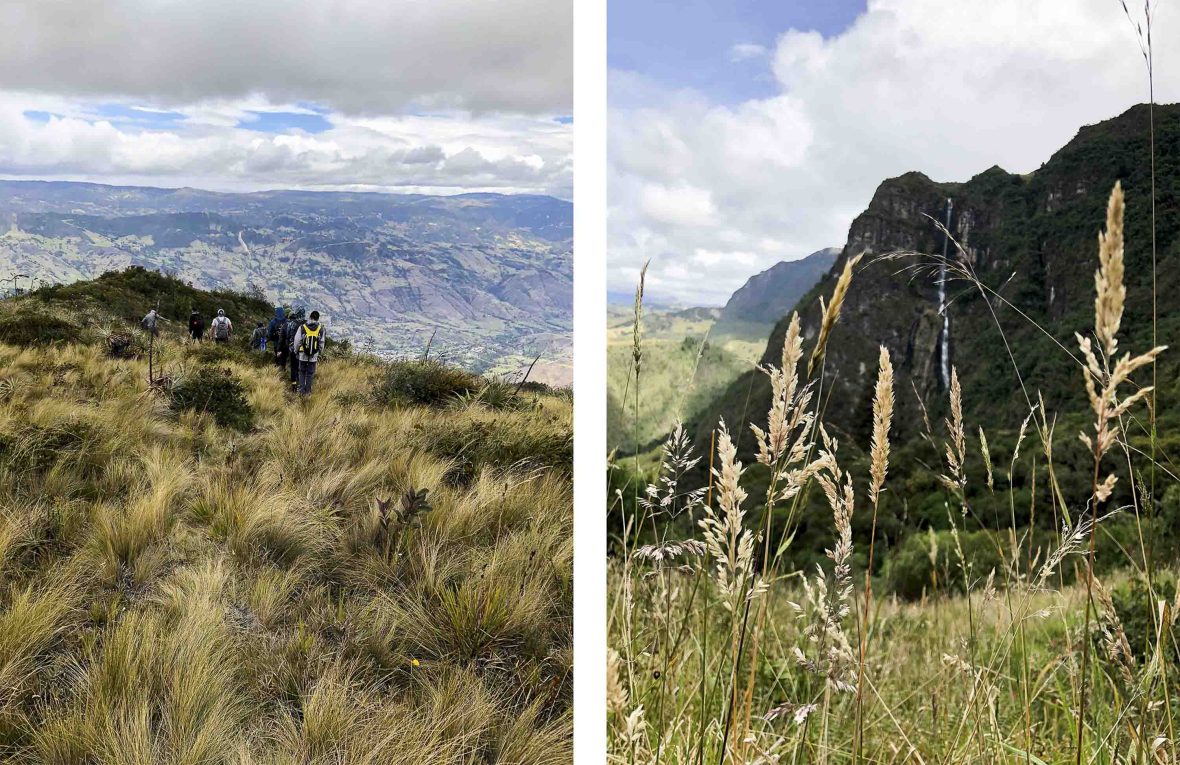
The first time I saw a chuquiragua, I didn’t realize how special it was. That was years ago on a breathless journey up Ruco Pichincha Volcano. Between gasps of air, this spiky orange flower caught my eye. I learned that it grows only in Ecuador, Colombia and Peru and at altitudes between 3,000 and 5,000 meters (9,800-16,400 feet).
In these places, it’s everywhere―like little orange freckles sprinkled across the face of the Andes. Robust with stiff leaves, it’s a physical embodiment of the strength needed to handle Ecuador’s brutal winds, cold temperatures, scorching sun and torrential rains. It’s a tough little plant that now serves as a physical reminder of my favorite treks here in Ecuador.
“The mountain presents a problem, but it also gives you the solution.”
- Josué López, botanist
I explain this to Josué López, who I meet for lunch in the countryside. “That’s why we call it la flor del andinista,” he tells me. López explains that he’s a botanist and biologist who studies and reproduces native Ecuadorian plants at Cuenca’s University of Azuay.
La flor del andinista. The flower of those who walk in the Andes. I didn’t know about its nickname. Like me, locals who cherish mountain adventures hold the chuquiragua in high esteem. Unknowingly, I’ve picked up on an important part of Ecuadorian culture. There’s a conversation here about where we explore and the meaning of a flower that has always been there.
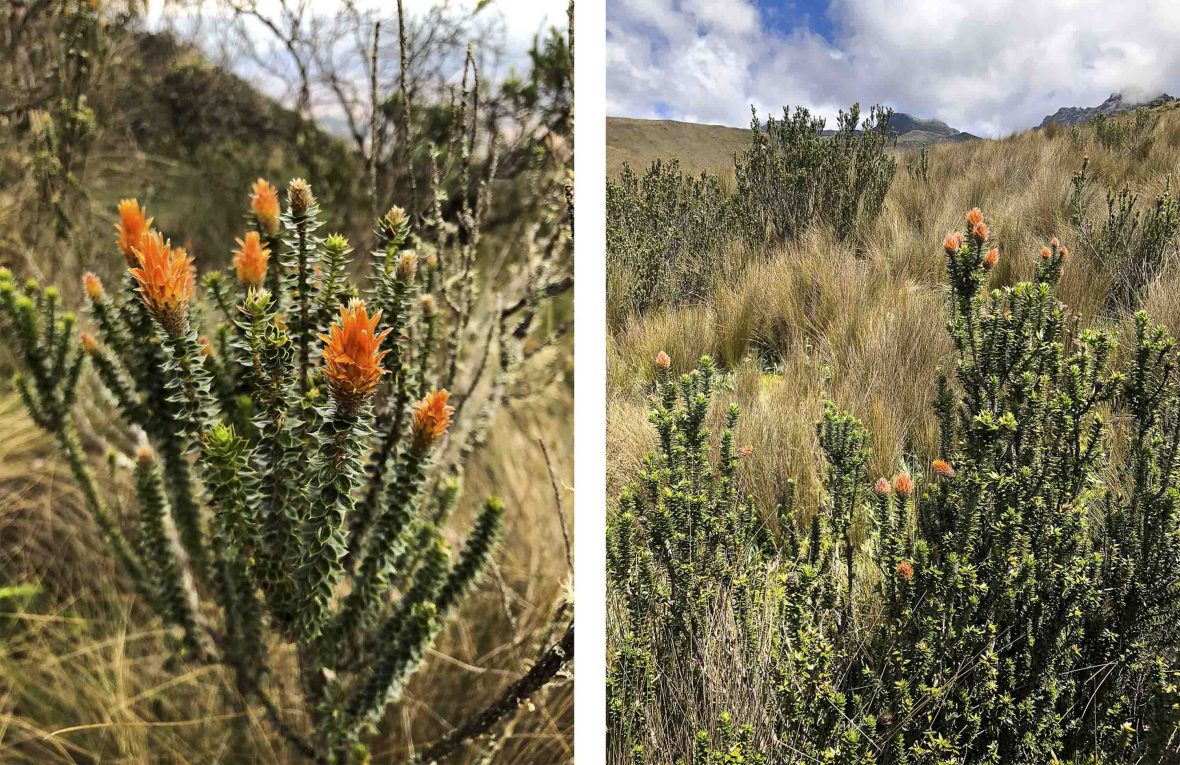
When I speak to López, he lists the reasons why the chuquiragua has such deep symbolism in this part of the world. There’s its undeniable resilience, an Ecuadorian trait for sure. It also represents the páramo―the region above the treeline―and those who trek there. The plant also has healing benefits. Indigenous groups make chuquiragua tea to treat respiratory illnesses, cancers, hepatitis, menopause symptoms, and—fittingly—altitude sickness.
At that last one, I remember a conversation with a friend who mentions chuquiragua tea as he describes the headaches, weakness and nausea that often occur at altitude. “The mountain presents a problem, but it also gives you the solution,” they told me. I remember it as López and I make our way toward the páramo.
Near Girón, we trek through knee-high grasses that glimmer in the sunshine when breezes ripple through them. There is the chuquiragua, of course, but other high-altitude plants too. A carpet of purple and green succulents spreads across the trail. I dodge the serrated edges of a long-pronged plant whose thorns threaten to slice open my jacket. Then, I hear the trickle of a river. The waterfall is close.
That trickle is a source of some of the world’s best quality water―for a number of reasons. Most of the water at the top of the Andes comes from glacial fountains so it’s high quality to begin with. These regions also have a dream team of factors that come together to create a near-perfect natural filtration system.
The soil plays a huge role. Because the Andes are cold, decomposition happens at a snail’s pace. Organic material accumulates in the soil. This acts like a sponge to catch water and release it slowly as it filters through the earth. In the páramo, this pad of soil is often three meters (10 feet) deep—10 times that of, say, the coast or the Amazon. As López explains this, I think about how trails here often feel bouncy, like you’re jumping on a king-sized bed.
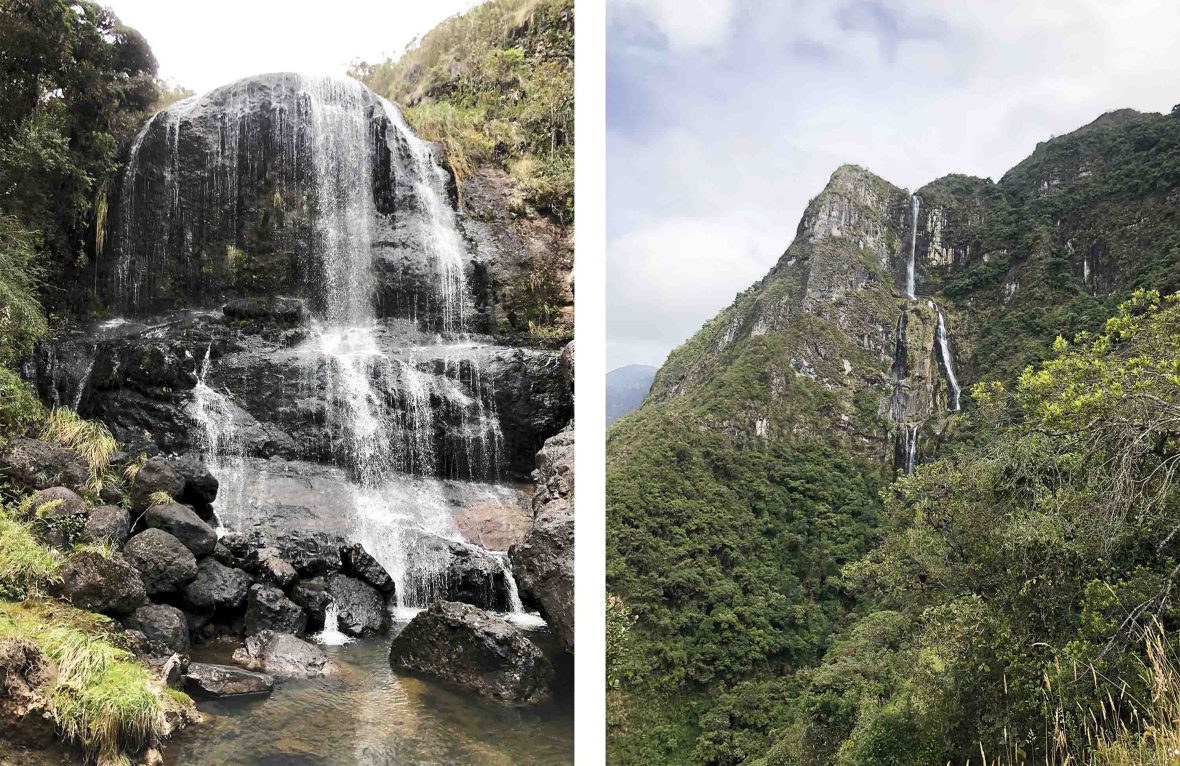
“It’s that combination that makes the water so pure here in the páramo,” says López. “It’s an interesting process because of all the things that converge in that ecosystem: The altitude, being in the tropics, and having lots of humidity. Even the diversity that páramos have helps. Each plant and animal has a different function. You could have the same type of ecosystem in the north or the south but usually you don’t have the diversity we have here.” Essentially, there’s a really rare and really ideal mix of factors that make Ecuador’s water like liquid gold.
The chuquiragua has already sparked a conversation about the places in Ecuador that exist above the clouds and the strength of those who go there.
We reach a hill and descend past chuquiragua bushes towards the sound of rushing water. Everything feels exactly as it should. And that’s when I’m reminded that even though it’s praised for its strength and healing powers, the resilience of the chuquiragua can only go so far. These days, climate change is merciless. And Ecuador has wounds in the shape of landslides and flooding. The port city of Guayaquil experienced major flooding. Landslides nearly rubbed the town of Alausi off the map, killing 11 in March. Even today, landslides block roadways around the country. The chuquiragua—and its home, the páramo—isn’t safe.
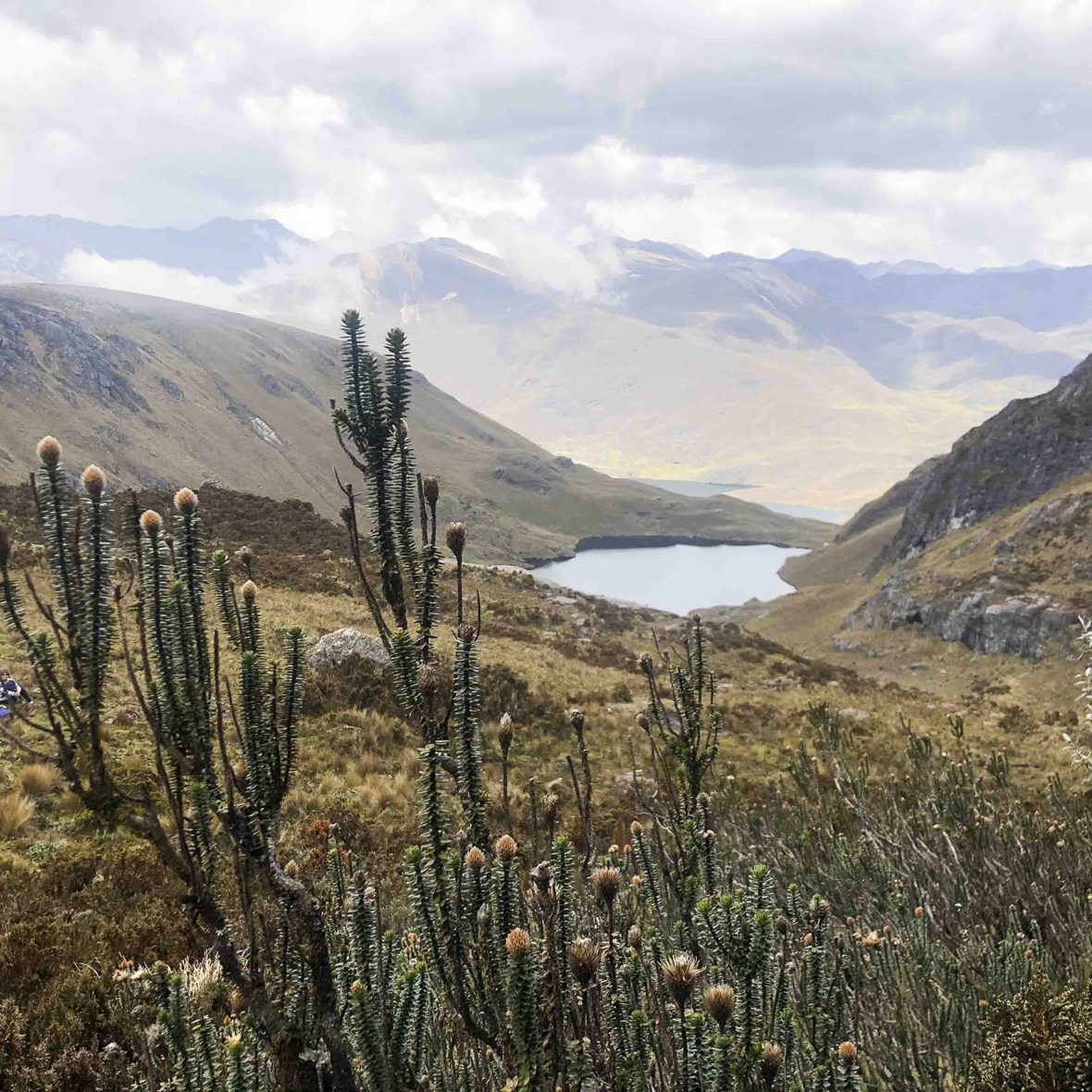
“The first ecosystems that’ll be endangered or maybe even disappear with climate change are the high-altitude ecosystems,” says López. The species at the tops of the Andes have adapted to that specific climate. When they move lower, they can’t compete with other plants. They die. As the world heats up, they’d have to retreat to higher, cooler environments but in the páramo, they’re as high as they can go already. That’s why, as López notes, for Ecuador’s environmental community, alarm bells are ringing. Kill the páramo, lose that precious water.
“The main thing we get from the páramo is the water,” he says. “So the first thing we’d notice is the quality of the water going down and having to spend more money on treatment so we can drink it. That’ll affect us the most.”
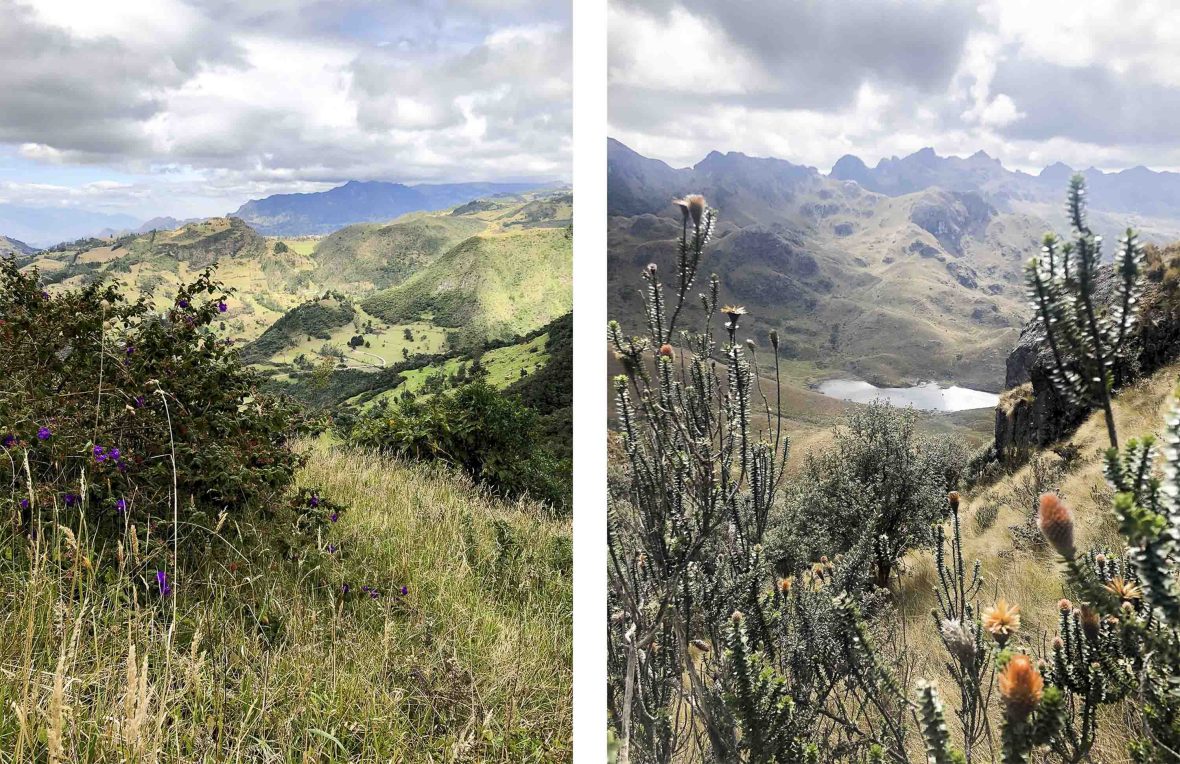
The chuquiragua has already sparked a conversation about the places in Ecuador that exist above the clouds and the strength of those who go there. That’s a pleasant side of the conversation about the chuquiragua and Andean identity. But how that conversation evolves in the face of the challenges threatening the alpine remains to be seen. For now, Ecuador’s páramo is still a magical place with silver lakes, tall pampas grasses, and hummingbirds that perch in the chuquiraguas.
Finally, we reach the waterfall. I’m tired, blistered and elated. The temperatures have dropped—but still, I strip down to my sports bra and shorts and ease my way into the icy pool. It’s freezing but like la flor del andinista, I’m tough. I float for a moment and look up as gallons of water billow down from a ledge above me.

Sinead Mulhern is a Canadian travel writer and editor who has been living in the beautiful Andean city of Cuenca, Ecuador since 2018. Her writing largely focuses on outdoor adventures and special places in Ecuador. When not writing, she's usually hiking in the Andes, planning local travels, dancing, or exploring Cuenca's UNESCO-designated downtown. Her work has been featured in The Toronto Star, The Daily Beast, Explore, Chatelaine, and others.
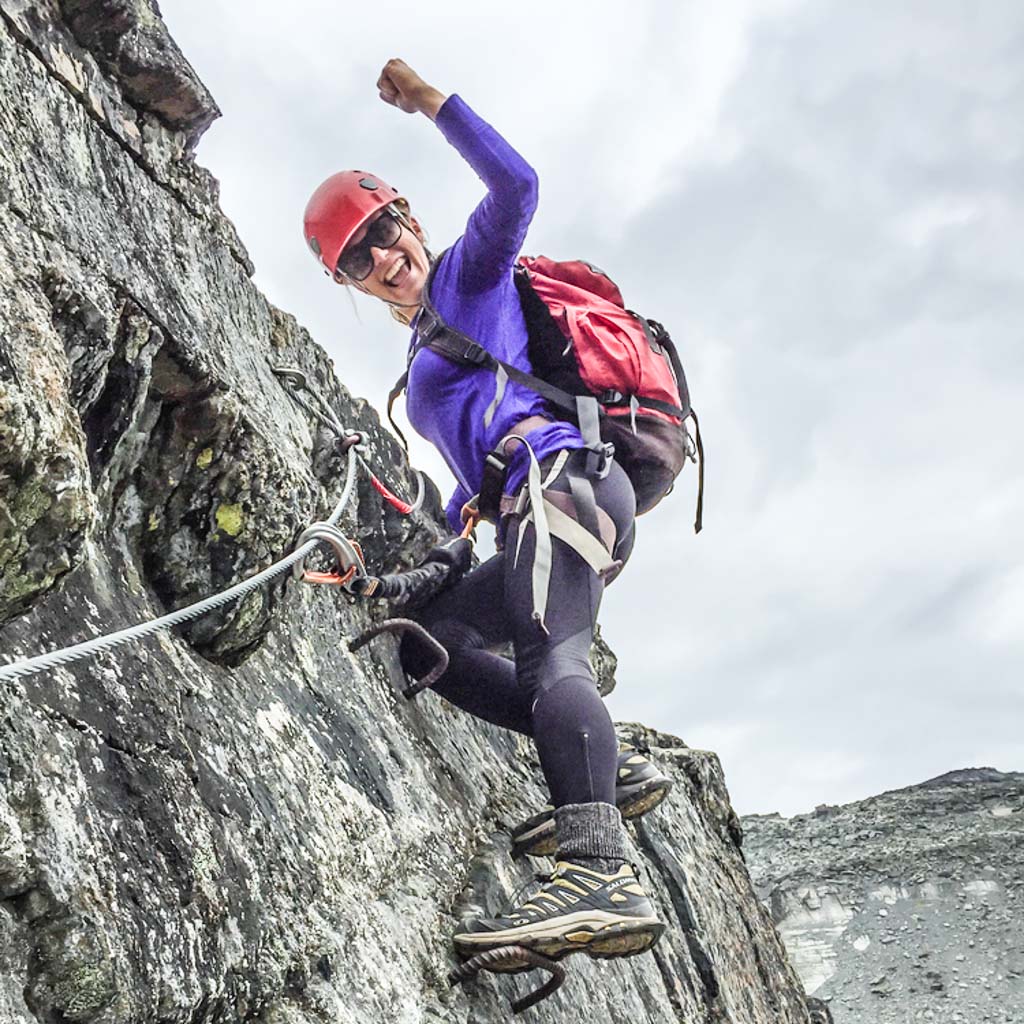





Can't find what you're looking for? Try using these tags: